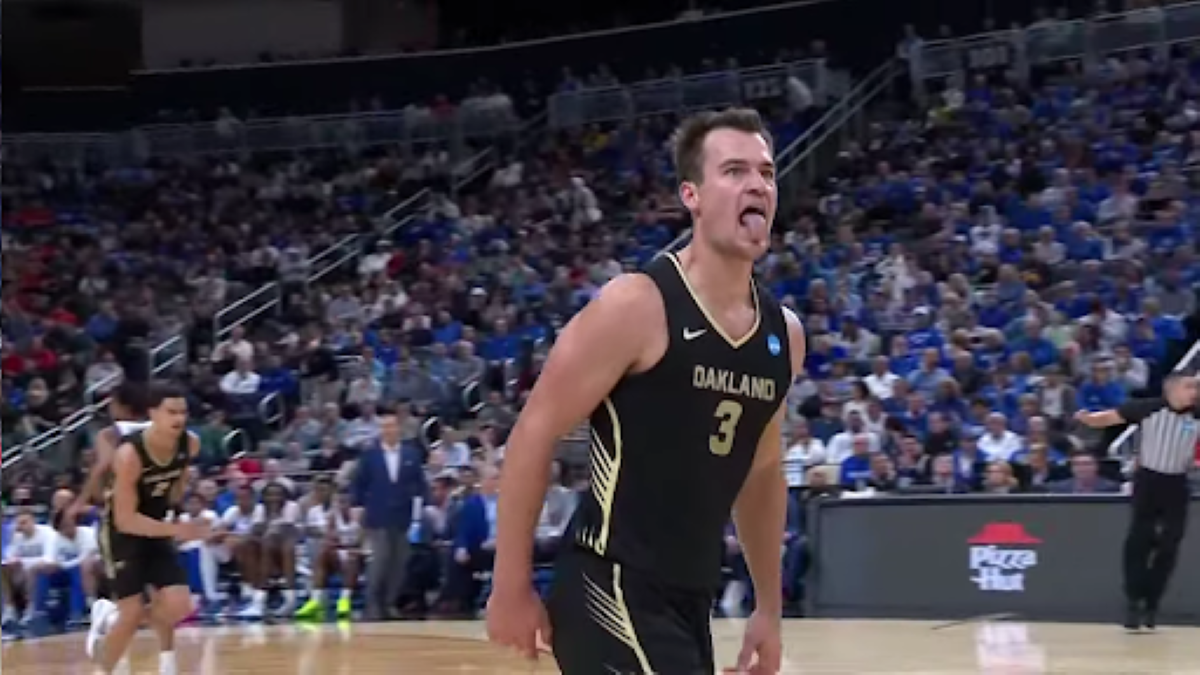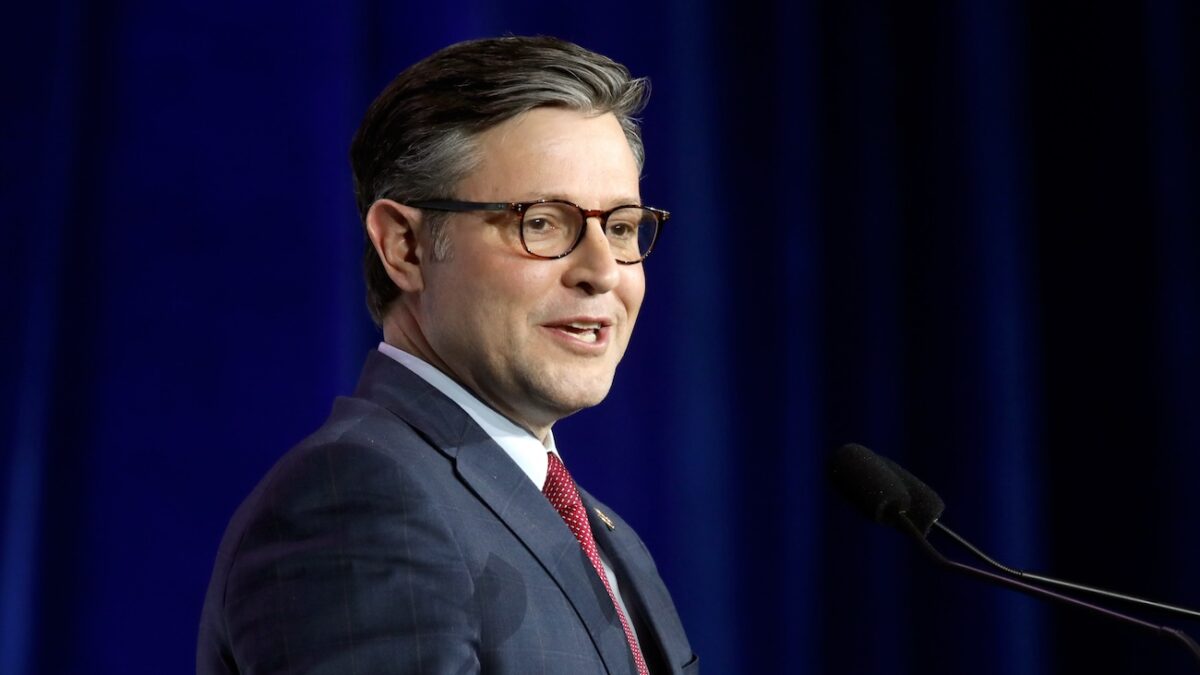
It sounds like something Yogi Berra would have said—“If it ain’t broke, don’t fix it”—and, with the former Yankee great’s passing two months ago, it’s something he probably should have said to the folks who run the baseball Hall of Fame where the legendary catcher and master of the malapropism is enshrined.
By fixing what ain’t broke—by tinkering with a voting procedure time-tested across most of its 79 years—the Hall soon might wind up dishonoring Berra and his contemporaries from baseball’s pre-steroids era. Fiddling with the selection process could open its doors to known or suspected cheaters, including two of the most polarizing figures in the game’s history: Barry Bonds and Roger Clemens.
But then, altering the outcome of elections by changing the electorate is one of this nation’s other national pastimes.
Oldies: No Longer Hall of Fame Goodies
Over the summer, well before ballots for the Class of 2016 were mailed out last week, the Hall’s board of directors decided to revoke the “lifetime” voting privileges of many who had participated for decades. Balloting is handled by the Baseball Writers Association of America, with ten years of consecutive membership required to earn a Hall vote. Until this year, active and former BBWAA members voted in perpetuity. With the rule change, the Hall told the BBWAA that voters need to have been active members within the past ten years.
That means approximately 100 to 125 longtime voters—about 20 percent of the total group (549 ballots were cast in 2014)—no longer will be involved. Those who have been dropped are, necessarily, more senior members; “honorary” is the word on their lifetime BBWAA cards, reflecting that they either are actually retired from baseball-writing careers or have moved on to other work inside or outside media outlets.
One reason for the change, insiders report, is optics. The Hall’s board grew tired of criticism—most stridently coming from non-voters working for alternative Web sites—that too many former writers who no longer have ties to the game were voting.
But had the results suffered? If the process were flawed, you would expect to see one or both of the following: Undeserving candidates being enshrined or deserving candidates getting snubbed often enough to fall off the ballot after their ten-year eligibility periods. Neither was happening, and no one from the board, from Chairman Jane Forbes Clark on down, has made that claim.
So where’s the harm in spiffing up the voting rolls, striving to appear more “relevant” and pruning some senior members who are presumed to not be as plugged in to the game or to take their duty as seriously as in the past? History. Context. Tradition. That is to say, core values without which no Hall of Fame or museum has reason to exist.
What Veterans Bring to Hall of Fame Voting
It ought to be seen as a good thing to have voters who actually saw and in many cases covered legends such as Willie Mays, Tom Seaver, Johnny Bench, and Mike Schmidt. Who better to compare today’s and tomorrow’s stars against those already enshrined, not just according to statistics but through eyewitness testimony, than veteran voters?
Consider this: An active BBWAA member who is 35 years old would have trouble remembering Willie Stargell or Joe Morgan as players beyond video clips. He or she wouldn’t have been born when Frank Robinson or Luis Aparicio was playing. Those voters likely wouldn’t have begun their media careers when more recent inductees such as Cal Ripken and Tony Gwynn were dominant performers.
Heck, with this overzealous rule change, candidates still on the Hall ballot—Jeff Bagwell, Alan Trammell, Tim Raines, Edgar Martinez—could lose support because voters who had actually watched and covered them have been dumped. We’ll find out when this year’s results are announced on Jan. 6.
Another Effect: Honoring Dopers
All of this is sideways enough for an institution that’s meant to embrace excellence across generations. Where the change may have a greater, more insidious effect—unintended or not—is ushering into the Hall some known or suspected users of performance-enhancing drugs (PEDs), in part by overemphasizing analytics without regard for some of the fundamental requirements for election.
Right there in the Hall’s bylaws, it instructs voters to consider each candidate’s “record, playing ability, integrity, sportsmanship, character, and contributions to the team(s) on which the player played.” That is the cornerstone that, so far, has tripped up the steroids bunch and those who support them.
Arguments to look the other way on actual or alleged PED use, to rationalize away the character imperative when assessing the likes of Bonds, Clemens, Bagwell, Mark McGwire, Sammy Sosa, or Mike Piazza, have grabbed at everything from Gaylord Perry’s nefarious use of Vaseline for spitballs to Ty Cobb’s purported racism. Yet during baseball’s steroids era, roughly from 1991 to 2003, game results were tilted, records got tarnished, and rival players’ health or livelihoods were put at risk, based on their choice to either join or resist the doping practices of the game’s (literally) biggest stars.
Shedding older, typically more traditional Hall voters likely will carry over the trend in modern culture in which “judging”—making moral assessments about things like integrity and sportsmanship—often is considered worse than whatever dubious acts cause one to be judged. Here is a breakdown of last year’s balloting that suggests precisely that.
Younger Voters Less Concerned about Doping
Of the 549 BBWAA members who cast ballots for the Class of 2015, 231—a pretty decent sample size for our purposes—agreed to “go public” by having their names and votes listed on the association’s Web site. Ninety-nine were honorary (retired) members, the other 132 still active in covering the game.
Bonds (36.8 percent overall in the actual Hall election) and Clemens (37.5), in their third year of eligibility, each received about half of the 75 percent approval needed for enshrinement. Given the monstrous statistics they posted and their on-field deeds, such lukewarm support indicates how gravely many voters have taken their betrayal of the game.
But if we break that down by class of voter, a trend emerges. Of those who released their ballots to the BBWAA’s own Web site, only 25 of 99 honorary members (25.3 percent) voted for Bonds, compared to 69 of 132 active members (52.3). Clemens’ support showed a similar gap, 25.3 percent versus 51.5.
Bagwell likewise had more backers among active members, getting 68.9 percent from them to 57.6 percent “yea” votes from honorary ones. As for Piazza, he would have been inducted in August with Randy Johnson, Pedro Martinez, John Smoltz, and Craig Biggio if determined solely by the current writers. They backed the former Dodgers and Mets catcher at an 83.3 percent rate, compared to 68.7 percent from honorary voters.
The pattern is likely to gain traction, too, as more honorary members lose their votes each year and additional newer writers qualify. Understandably, even media people want to see their particular generation of stars validated, those players they watched and covered. The Hall obviously has plenty of financial and institutional skin in the game. It needs baseball heroes on the stage for its annual induction ceremony, fresh plaques for its standing-room-only attendance all summer. And it soon might run low on the cleanest candidates, though Ken Griffey Jr. is expected to sail in this year without much whiff of cheating.
More Emphasis on Half-Picture Statistics
Meanwhile, the less consideration given to stubborn intangibles, the more emphasis will be put on stats and analytics—cold, hard numbers that do not, despite claims, capture a ballplayer in full. Consider this partial list of 2016 candidates on baseball-reference.com, the repository of Hall voting history:
Barry Bonds 162 WAR, 762 HR#1, .444 OBP, 7x MVP
Roger Clemens 140 WAR, 354-184, 143 ERA+, 7x CYA
Ken Griffey, Jr. 84 WAR, 630 HR, MVP, 13x A-S, 7x SS, 10x GG
Mike Mussina 83 WAR, 270-153, 123 ERA+,5x A-S
Jeff Bagwell 80 WAR, MVP, RoY, 4x A-S, GG
Tim Raines 69 WAR, 808 SB, 7x A-S
Mike Piazza 59 WAR, 427 HR, 10x SS, 12x A-S
Hieroglyphics to some, these numbers and abbreviations excite some casual fans while dazzling the slide-rule set. (BTW, FWIW, and IIRC, WAR = Wins Above Replacement, a number arrived at by formula to estimate how many victories a player contributes in a season or a career compared to a minimum-impact replacement).
Noisy media voices are even clamoring for certain numerical thresholds—500 home runs, 3,000 hits, 3,000 strikeouts, or some “ideal” WHIP or OPS calculation—to convey automatic enshrinement, no balloting necessary. If left to them, we might have games interrupted so a player can immediately be presented with his Hall of Fame plaque. A five-year waiting period for eligibility? Bah, why wait even five minutes?
It Takes Time to Make Good Decisions
Waiting was built into the Hall’s voting system for a reason. It allows for context, a sense of one player’s achievements relative to those of his peers and predecessors, as well as those still to come.
Taking that time, using that time—five years after a player retires to make the ballot, then ten years on the ballot before he drops off—was my approach with the PED crew. I figured I could always vote for a Bonds or a Clemens, a Piazza or a Bagwell, next year or the year after while allowing for more information, revelations and background. In someone’s final year of eligibility? Sure, that would carry some pressure, but then, the Hall still has its Eras (formerly Veterans) Committees to clean up BBWAA oversights. Seems about right, too, given the Hall’s lack of direction to writers in dealing with the steroids issue.
My approach no longer matters, though, because I was purged with 100 or so of my colleagues from what had been that “lifetime” privilege. The Hall can cite that, back in 1962, it similarly shed a number of longtime voters who weren’t actively covering baseball, though staying “in touch with the game” is a lot easier now thanks to cable television, the Internet, smartphones, MLB Extra Innings, and more.
For the record—this is a stats endeavor, after all—from 1991 through 2015, I cast votes for 40 of the 41 players enshrined via BBWAA balloting. That’s a .975 batting average (and I remain unpersuaded on No. 41). Factor in beloved Chicago Cubs third baseman Ron Santo, for whom I voted before he dropped off the BBWAA ballot (only to make it posthumously, thanks to the Veterans Committee), and my average ticks up to .976.
But that sort of performance is irrelevant when there are elections to be tinkered with, voting groups to be gerrymandered, perceptions to manage, and outcomes to be altered. This is Cooperstown by way of Cook County.









